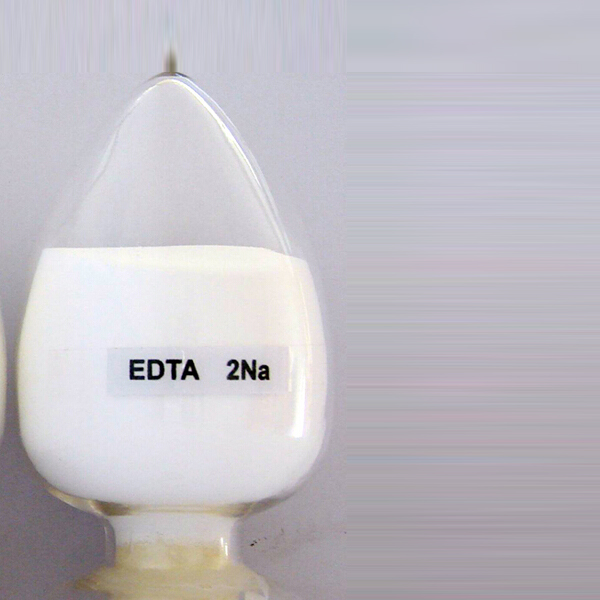
News
Th12 . 04, 2024 13:54 Back to list
Chelant-Based Solutions for Corrosion Management in Industrial Facilities
Chelant Corrosion in Industrial Settings Causes, Effects, and Mitigation Strategies
In today’s industrial landscape, the management of corrosion is a critical concern, especially in facilities that handle metals and other susceptible materials. Among the various types of corrosion, chelant corrosion has emerged as a significant issue. Chelant corrosion occurs when certain organic compounds, known as chelants, bind with metal ions, potentially leading to accelerated corrosion rates. Understanding the mechanisms, impact, and prevention methods of chelant corrosion is essential for maintaining the structural integrity of industrial equipment.
Understanding Chelants and Their Role in Corrosion
Chelants are multiple-dentate ligands that can form stable complexes with metal ions. These compounds are often used in various industrial applications, including water treatment, detergents, and fertilizers. While they perform beneficial roles by binding harmful metal ions and facilitating their removal, they can also initiate corrosive processes on metals, particularly in the presence of moisture and oxygen.
The interaction between chelants and metals leads to localized corrosion. When a chelant binds to a metal ion, it alters the electrochemical environment, often decreasing the protective oxide layer that typically safeguards the metal. This action can result in the metal being more susceptible to processes such as pitting or crevice corrosion, which can compromise the structural integrity of equipment.
Factors Contributing to Chelant Corrosion
Several factors can exacerbate chelant corrosion in industrial settings. These include
1. Concentration of Chelants Higher concentrations of chelating agents can increase the likelihood of corrosion. Industries that routinely use chelants for cleaning or treatment may inadvertently accelerate the corrosive processes on metal surfaces.
2. Environmental Conditions Humidity, temperature, and the presence of chlorides all play a significant role in corrosion rates. High humidity environments can increase the electrochemical reactions that chelants promote, leading to faster corrosion.
3. Material Selection The susceptibility of metals to chelant corrosion varies significantly. Stainless steels, for instance, may have better corrosion resistance compared to carbon steels or other alloys. However, even stainless steels can corrode under certain conditions when exposed to chelants.
Effects of Chelant Corrosion
chelant corrosion factory

The implications of chelant corrosion in industrial settings can be severe. Equipment failure resulting from corrosion can lead to costly downtimes, hazardous spills, and extensive repairs. Additionally, products manufactured in facilities suffering from chelant corrosion may be compromised, leading to quality issues and potential financial losses.
Moreover, safety risks arise when equipment such as pipelines, tanks, and reactors deteriorate due to corrosion. In facilities storing or processing hazardous materials, the consequences of equipment failure can be catastrophic, endangering workers and the surrounding community.
Strategies for Mitigating Chelant Corrosion
To effectively manage chelant corrosion, industries must adopt comprehensive strategies
1. Material Selection Employing corrosion-resistant materials may significantly reduce the impact of chelant exposure. Choosing alloys specifically designed to withstand corrosive environments can prevent failures.
2. Regular Maintenance and Monitoring Implementing a robust maintenance program, including regular inspections and monitoring for signs of corrosion, can help identify and address issues before they escalate. This can include using non-destructive testing methods to assess the integrity of structures.
3. Control of Chelant Use Limiting the application of chelants to essential processes and ensuring appropriate dosages can mitigate the risk of corrosion. Training staff on safe handling and application can further reduce accidental overuse.
4. Corrosion Inhibitors Incorporating corrosion inhibitors into the system can help protect metals from the aggressive effects of chelants. These inhibitors can form protective films on the metal surface, enhancing corrosion resistance.
Conclusion
In conclusion, chelant corrosion poses significant challenges for industries that rely on metal components. By understanding the mechanisms behind this type of corrosion, identifying contributing factors, and implementing effective mitigation strategies, organizations can safeguard their assets, minimize risks, and ensure the sustainable operation of their facilities. As technological advancements continue to evolve, staying informed and proactive in corrosion management will be vital for maintaining the integrity of industrial operations.
-
Polyaspartic Acid Salts in Agricultural Fertilizers: A Sustainable Solution
NewsJul.21,2025
-
OEM Chelating Agent Preservative Supplier & Manufacturer High-Quality Customized Solutions
NewsJul.08,2025
-
OEM Potassium Chelating Agent Manufacturer - Custom Potassium Oxalate & Citrate Solutions
NewsJul.08,2025
-
OEM Pentasodium DTPA Chelating Agent Supplier & Manufacturer High Purity & Cost-Effective Solutions
NewsJul.08,2025
-
High-Efficiency Chelated Trace Elements Fertilizer Bulk Supplier & Manufacturer Quotes
NewsJul.07,2025
-
High Quality K Formation for a Chelating Agent – Reliable Manufacturer & Supplier
NewsJul.07,2025
